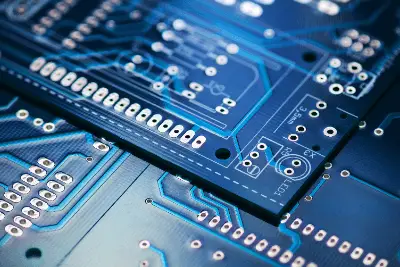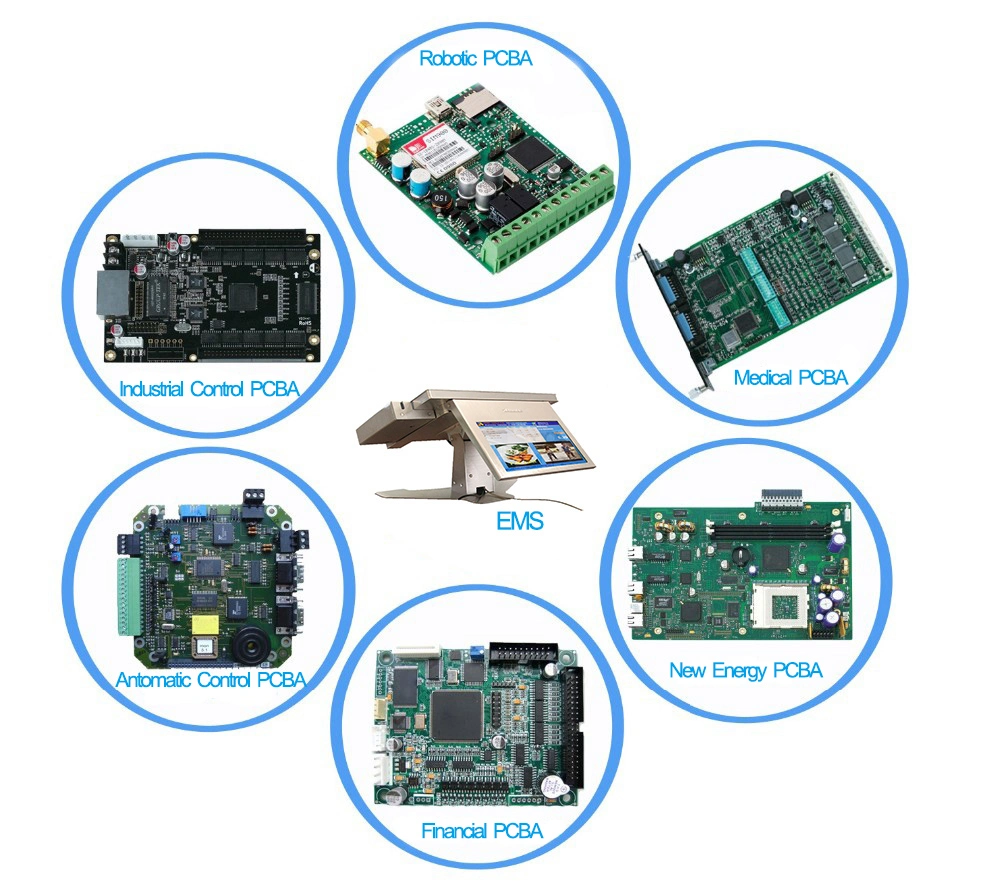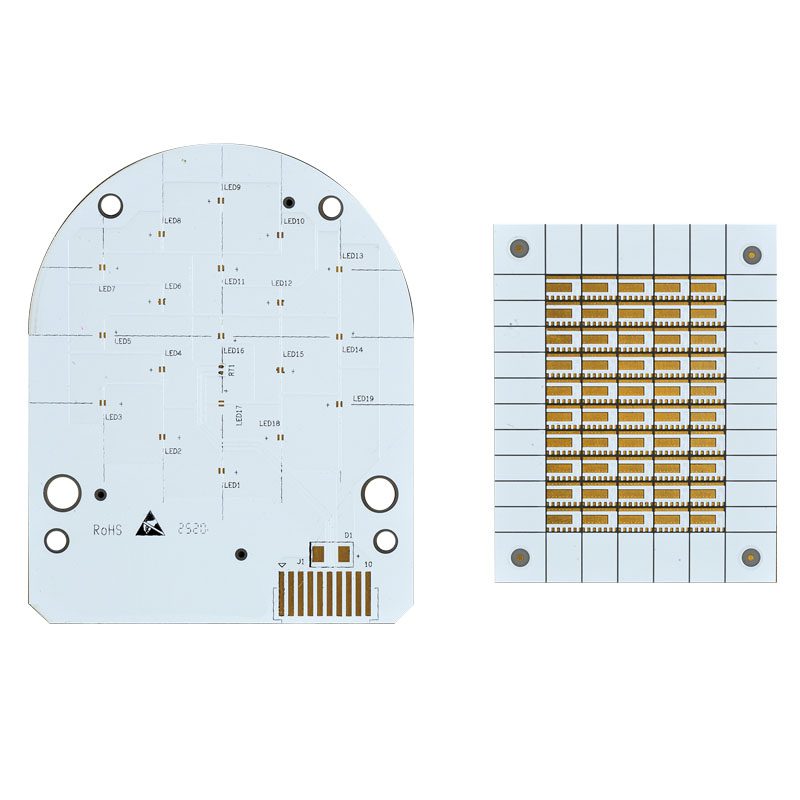Printed Circuit Boards (PCBs) are a fundamental component in electrical engineering. They are used to create electronic circuits by arranging components such as transistors and resistors on a copper-based wiring pattern on the surface of an insulator (typically plastic) and then soldering them.
Creep is the slow, time-dependent deformation of materials under mechanical stress, which can lead to reliability issues in printed circuit board assemblies (PCBAs). It becomes particularly significant at elevated temperatures or under constant stress
Circuit boards play a key role in making sure electronic products work properly. They provide structural support and link all the electrical parts together. Whether it’s in smartphones, laptops, or household devices, none could operate without a PCB
In today’s technology-driven world, the Printed Circuit Board (PCB) stands as a foundational component in electronic devices. From smartphones to complex medical equipment, PCBs are essential for ensuring reliable electrical connections and functionality. This article delves into the critical stages of PCB design, manufacturing, and final artwork, providing insights into the complexities and technicalities of creating effective circuit boards.
Open circuits in PCBs can often be traced back to mechanical damage during various stages of production—whether from scratched copper clad laminate, improper handling, or worn tools. Implementing the outlined improvement methods can significantly reduce the occurrence of these issues, improving both product quality and production efficiency.
Microstrip patch antennas and their arrays may be rare but are the most widely used antenna form. They have a simple structure and can be formed by a dielectric, a metal conductor patch on the dielectric layer, and a ground plane. Even the dielectric in the middle can be an air structure. A typical microstrip patch antenna is made on a printed circuit board (PCB), and a fine line structure is etched on the conductive metal layer using a photocopying method
Power Electronics: Another benefit of a flexible printed circuit board is that it can be coupled with highly flexible, thin layers of copper, which means the board can handle heavier power currents. This is especially important in devices that will require more power to operate at full capacity, like those found in the power electronics industry.
At KKPCB, we’re your expert navigator through the world of stackup choices, ensuring your electronic arsenal is perfectly equipped. Need seamless integration with your design tools? Our impedance models make it effortless. Craft efficient, impedance-aligned PCB stackups that resist bowing and twisting, optimizing performance and reliability.
Summary: High-frequency microwave plates should be a new product of high-tech. With the continuous development of communications and computers towards high frequency and high speed, their uses will become wider and wider in the future
Copper is both an excellent conductor of electricity and an excellent conductor of heat, making it an ideal conductor for most PCB applications
- 1
- 2
















